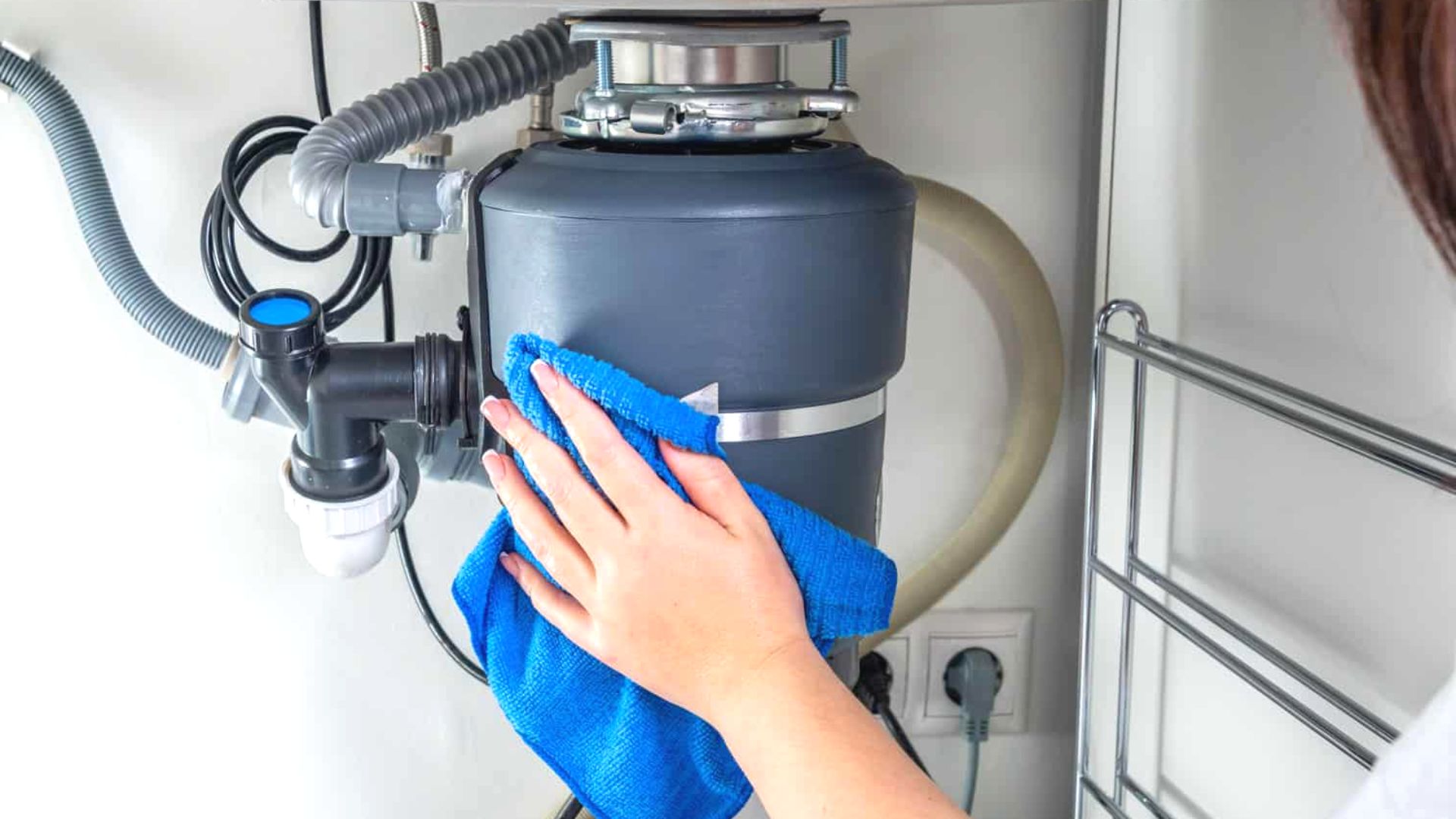What're your insights and beliefs on Tips on Fixing a Leaking Garbage Disposal?

Waste disposal unit are crucial kitchen home appliances that assist in dealing with food waste efficiently. Nonetheless, a dripping garbage disposal can be an irritating and untidy trouble to handle. The good news is, numerous leaks can be fixed easily with a couple of basic steps. In this post, we will review how to repair a leaking waste disposal unit effectively.
Intro
Garbage disposals are set up under cooking area sinks and are designed to shred food waste into smaller sized items, permitting it to pass through the plumbing system quickly. While these devices are typically reputable, leaks can take place gradually due to wear and tear, loosened connections, or damages to the system.
Typical Root Causes Of Leaks in Rubbish Disposals
Worn Seals and Gaskets
Seals and gaskets play an important function in protecting against water from leaking out of the waste disposal unit. In time, these elements can wear away, causing leaks around the disposal system.
Loose Connections
The links between the garbage disposal and the pipes system can become loose with time, creating water to leak out during procedure.
Cracks or Openings in the Disposal System
Physical damage to the waste disposal unit, such as splits or openings in the housing, can likewise lead to leaks.
Identifying the Resource of the Leakage
Prior to attempting to deal with a leaking garbage disposal, it is vital to identify the resource of the leakage. This can generally be done via aesthetic examination or by performing basic examinations.
Visual Assessment
Inspect the waste disposal unit device meticulously for any type of indications of water leakage. Pay close attention to locations around seals, gaskets, and connection points.
Testing for Leaks
One means to examine for leakages is by running water via the disposal system and looking for any visible indicators of leak.
Devices and Products Needed for Fixing a Leaking Garbage Disposal
Before starting the fixing process, gather the essential devices and materials, including a screwdriver, flexible wrench, plumber's putty, substitute seals or gaskets, and epoxy or patching material for repairing cracks or holes.
Step-by-Step Overview to Repairing a Leaking Garbage Disposal
Turn Off the Power
Prior to trying any kind of repairs, guarantee that the power to the garbage disposal unit is turned off to stop the risk of electric shock.
Locate the Leak
Determine the precise area of the leakage and determine the cause.
Tighten Connections
Utilize a wrench to tighten any loose connections in between the disposal system and the plumbing system.
Change Seals or Gaskets
If the leakage is because of worn seals or gaskets, eliminate the old components and change them with new ones.
Patching Cracks or Openings
For cracks or openings in the disposal unit, use epoxy or a suitable patching material to secure the damaged location.
Testing the Waste Disposal Unit After Repair
When the repair work is full, test the waste disposal unit by running water through it to make certain that the leak has actually been dealt with.
Preventive Maintenance Tips to Prevent Future Leakages
To stop future leakages, it is vital to execute normal maintenance on your garbage disposal. This includes keeping it tidy, avoiding placing non-food items or tough things down the disposal, and occasionally checking for leaks or other concerns.
Final thought
In conclusion, dealing with a leaking waste disposal unit is a relatively straightforward process that can be completed with basic devices and products. By complying with the steps described in this article and exercising preventative upkeep, you can keep your waste disposal unit in good working problem and prevent costly repair work in the future.
What to Do About a Leaking Garbage Disposal
A leaking garbage disposal often goes unnoticed until you confront a sopping cabinet, a foul-smelling puddle, or an audible drip-drip-drip from the unit. The fix can be frustrating, too, because the leak can stem from a number of components in the system. Fortunately, with a little sleuthing, you can zero in on the leak and—depending on the exact location—stop the icky oozing and repair the component that caused it. Worst case scenario, if it turns out that the garbage disposal must be replaced, installing a new one is a reasonable do-it-yourself task for those with basic plumbing skills. Read on to keep the cash you’d otherwise hand over to a pro.
Prepare to find the leak
Prior to testing the garbage disposal for leaks, unplug it at the wall outlet and turn off the power from the breaker box to prevent electrical shock. Then insert a watertight sink stopper into your sink drain and wipe the unit dry with a clean cloth. In any handy container, mix a few drops of food coloring into a few cups of water, and pour the dyed water onto the sink stopper to help you locate the leak.
Investigate the source
the top, where the disposal meets the sink drain the side, where the dishwasher hose or main drain pipe connects to the disposal or the bottom of the unit Inspect each of these locations while gliding a light-colored rag over the unit; the dyed water will readily show on the rag and reveal the location of the leak. If a leak isn’t immediately apparent, remove the sink stopper and pour a few more cups of dyed water down the sink drain, then check for leaks again. Leaks near the top of the unit are more likely to show themselves while the sink is plugged, while side and bottom leaks are more noticeable while the sink is unplugged.
The metal sink flange that sits directly inside the sink drain is typically sealed around the top with plumber’s putty (a clay-like sealant) and then secured from under the sink with bolts. If the plumber’s putty deteriorates, or the bolts loosen, the flange can no longer form a watertight seal between the sink drain and the disposal—which could cause a leak at the top of the unit.
To reseal the leaky flange, you must first detach the garbage disposal. Start by loosening the screws securing the main drain pipe to the disposal, then loosen the screws in the metal clamp securing the dishwasher hose to the disposal and detach the drain pipe and dishwasher hose from the disposal. Loosen the screws in the mounting ring that connects the disposal to the metal mounting assembly beneath the sink, then pull down the disposal and carefully set it on a clean, dry surface. Loosen the bolts in the mounting assembly with a wrench, then pull down the mounting assembly and set it near the disposal.

As a reader about Why Is , I assumed sharing that excerpt was really helpful. In case you appreciated our article if you please remember to pass it around. I am grateful for your time. Kindly stop by our blog back soon.
Book Today!